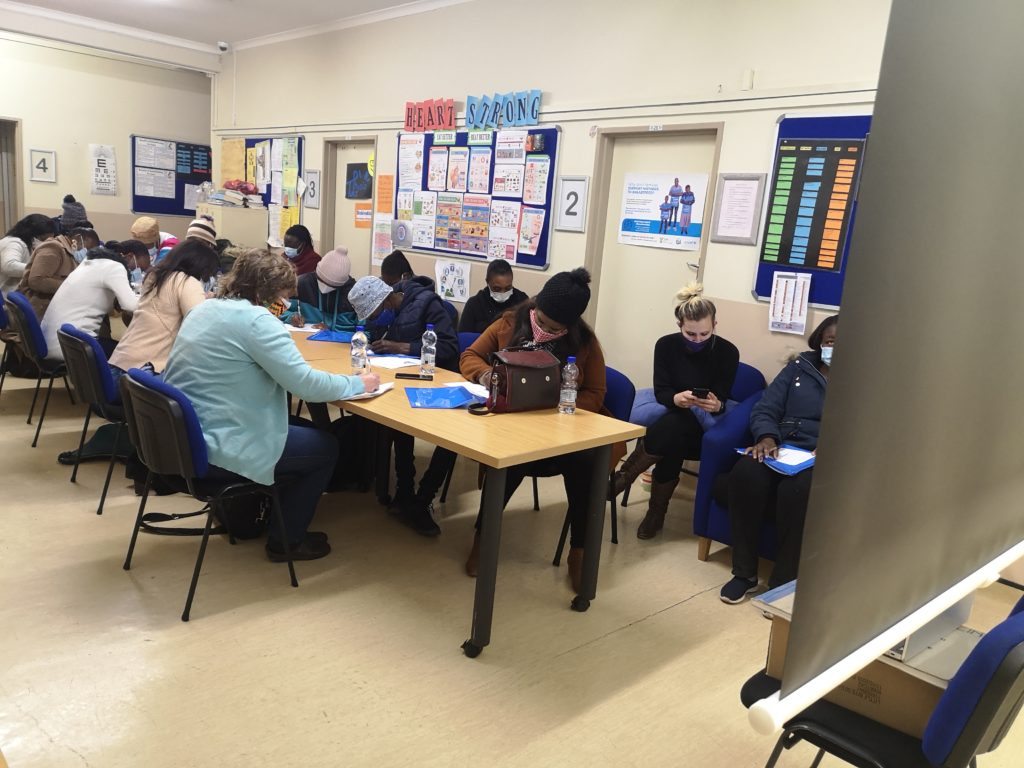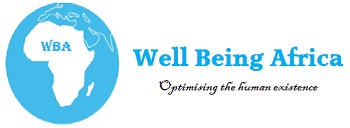WHO recommends that infants be exclusively breastfed for 6 months and thereafter be given complementary food with breastfeeding for 2 years and beyond7. If the goal of the World Health Assembly (WHA) to increase the exclusive breastfeeding rate to 50% by 2025 will be achieved8, intervention to protect, promote, and support breastfeeding needs to increase.
The tenth step to successful breastfeeding by WHO/UNICEF; fostering breastfeeding support groups and referring mothers to them has a great potential in improving exclusive breastfeeding rate3. Capacity development for Community Health Workers (CHWs) and creating avenues for moms to access timely breastfeeding support are crucial to the success of breastfeeding support in the community9.
The global estimate of Exclusive breastfeeding (EBF) for six months in 2016 was 43%. However, in South Africa, the figure (7%) remained low up till 2015 despite several initiatives to promote breastfeeding. However, the recent record has shown an encouraging improvement of 32%10. This development needs to be sustained and be improved through stakeholders’ continued innovative approaches. Poor infant and young child feeding practices are common in South Africa. These practices result in longer-term nutritional outcomes manifesting through the high rates of undernutrition, particularly stunting11.

Training the trainers. Community health workers received training to protect, promote, and support breastfeeding in the communities.
The critical problem that Well Being Africa is addressing is the lack of support for mothers on discharge from the hospital after they give birth to their babies. Whereas the WHO/UNICEF’s tenth step to the successful implementation of breastfeeding is to foster the establishment of breastfeeding support groups and refer mothers to them. There are insufficient support groups in the communities to refer moms to. Moreover, where they exist, they are either inaccessible to moms or moms are unaware of their existence. Also, the CHWs who could be instrumental to assist moms in this regard, are often ill-equipped to provide breastfeeding support to moms. As a result, moms with little or no breastfeeding skills often rely on conflicting information and engage inappropriate breastfeeding and complementary feeding practices. This shortcoming could potentially erode the benefits of breastfeeding. Continuous breastfeeding training for CHWs is essential to update their capacity to support and promote breastfeeding.
One of the key objectives of the project is to provide training in breastfeeding support and care to community health workers.
References
- World Health Organization. Nutrient adequacy of exclusive breastfeeding for the term infant during the first six months of life. Geneva (Switzerland): WHO; 2002.
- WHO/UNICEF. (2014) Global nutrition targets 2025: breastfeeding policy brief (WHO/NMH/NHD/14.7). Geneva: World Health Organization; 2014. Available at: https://apps.who.int/iris/bitstream/handle/10665/149022/WHO_NMH_NHD_14.7_e ng.pdf?ua=1.
- Pramono A, Desborough J, Smith J. The ten steps to successful breastfeeding policy review. Breastfeeding Review. 2019 Nov;27(3):15.
- Horwood C, Butler L, Barker P, Phakathi S, Haskins L, Grant M, Mntambo N, Rollins N. A continuous quality improvement intervention to improve the effectiveness of community health workers providing care to mothers and children: a cluster randomized controlled trial in South Africa. Human resources for health. 2017 Dec 1;15(1):39.
- National Department of Health, Statistics South Africa, South African Medical Research Council, ICF. South Africa demographic and health survey 2016: Key indicators. Pretoria, South Africa and Rockville, Maryland, USA: NDoH, Stats SA, SAMRC, and ICF, 2017.
- Budree S, Goddard E, Brittain K, Cader S, Myer L, Zar HJ. Infant feeding practices in a South African birth cohort—A longitudinal study. Maternal & child nutrition. 2017 Jul;13(3):e12371.

